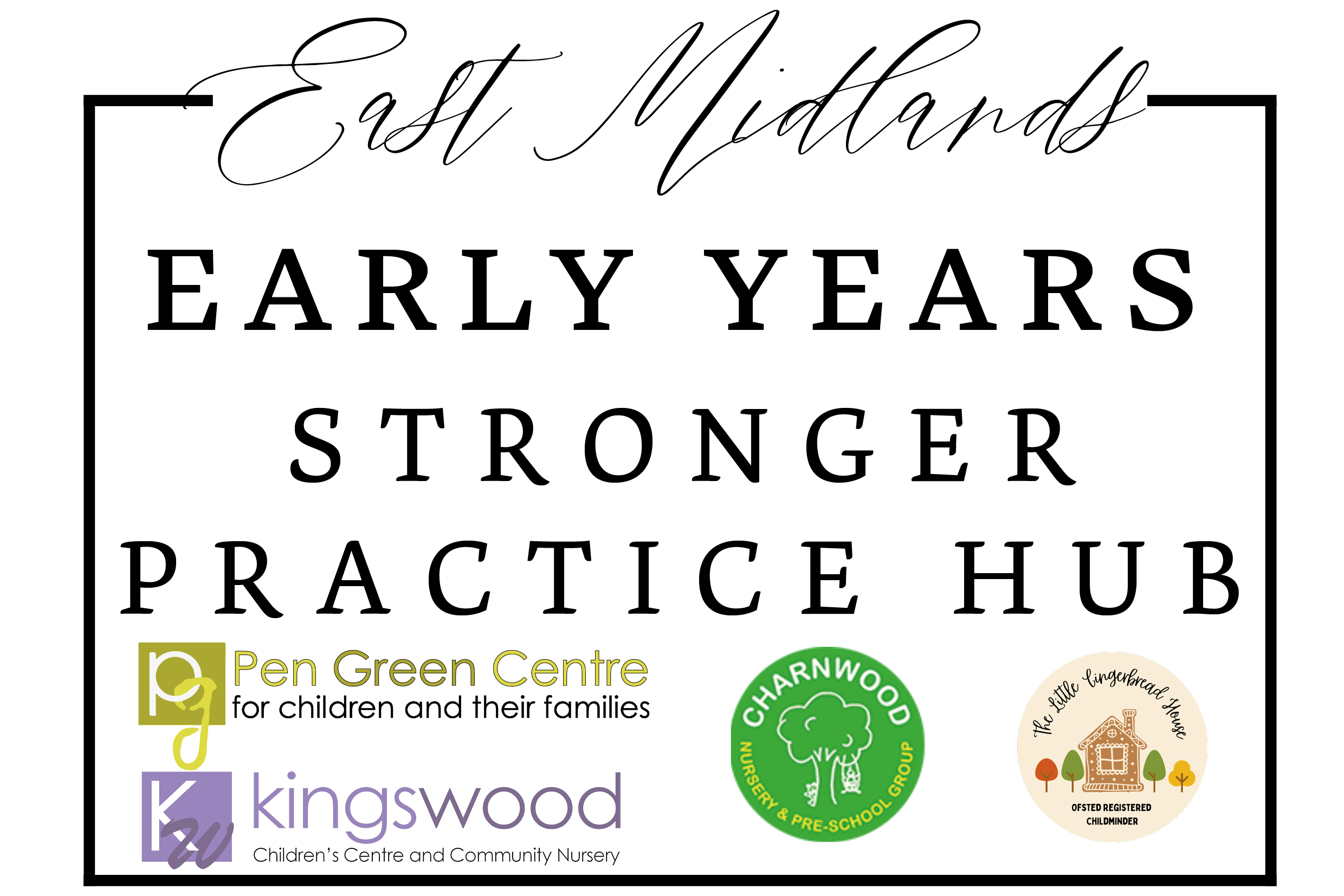Karen is a specialist Speech and Language Therapist with 25 years’ experience in early years. Following a 19-year career in the NHS in Northamptonshire, she has worked independently supporting children and families in their homes and helping practitioners and children in Early Years Settings through government funding.
Did you know that there are two ways to develop language?
Analytic language processors are children who babble first and then say words. As their motor skills develop, they learn to say phrases and sentences. Motor development keeps pace with language development, meaning that we can generally understand what they are saying. Most people are familiar with this type of language development.
But there is another way to learn language…
Gestalt language processors hear the flow of sounds rather than individual words. Their first unit of language is Delayed Echolalia. The language they use is copied from another source, maybe another child or adult, a TV programme, YouTube clip or a song. They often copy the intonation exactly as they have heard it, although they may not be able to copy all of the words they hear clearly at first and it may not be immediately recognisable.
As gestalt language processors attempt strings of words before single words we don’t always attach meaning to what they are saying, not recognising it as communication or “words”. We may underestimate how much they are actually talking. Most autistic children are gestalt language processors but not all gestalt language processors are autistic. Gestalt language learning is a natural (but less common) way to acquire language.
Knowing how a child is developing language allows us to interact with them and support their communication in the way that works best for them.Traditional language building strategies are not effective for gestalt language processors; they often don’t progress and they can get stuck with a limited amount of phrases.
How can you recognise a gestalt language processor in your setting?
In the early years it can be difficult to identify a gestalt language processor. If the child is autistic, it is likely that they will learn language in this way, even if they are not yet talking.
Gestalt language processors are likely to be attracted to music, songs and stories. They are usually drawn to language which has rich intonation and is repetitive. Their first units of language might be nursery rhymes, counting or the saying the alphabet. Children will use language that they find memorable and exciting and these phrases will “stick”. They may also use some single words but they cannot take these single words and use them in phrases flexibly like analytic language processors can.
How do gestalt language processors make progress?
There are guidelines for supporting gestalt language learners through the stages of language development, devised by Marge Blanc, a Speech and Language Therapist. She sets out how to help children using The Natural Language Acquisition Framework. In the early stages of this approach, children need to learn many gestalts before they can start to use language more flexibly. When children use lots of gestalts, they begin to hear common words within the gestalts and can begin to break their scripts apart and use them more flexibly.
How do we support gestalt language processors in early years settings?
All children need to interact with people who care about them. Work on building trust and connection with a child first – this is vital for language to progress through The Natural Language Acquisition Framework stages.
We need to support the natural development of language through fun and meaningful interactions, which are focused on real-life experiences. We don’t need to sit down and teach language development – it is an active process.
Gestalt language learners have unique interests and specific learning profiles. Use a child’s interests and follow their lead. Don’t narrate or ask questions. It is OK to play with a child without talking. You don’t have to talk if you have nothing to say.
Language is learned through interactive and memorable experiences. Get active and be silly. Use sound effects. Remember, a child will pick up language when something captures their attention.
Acknowledge a child’s communicative attempts by repeating the sounds and words they say.
A child will use the gestalts they have to communicate but they are not an exact fit and you should not take what they say literally. Be a detective to find out what the gestalt means.
Use scripts that align with a child’s interests and match what they are doing. If what you say resonates with a child, they will copy it.
Assume competence and give your child opportunities to learn. Even if your child is not talking yet it doesn’t mean they aren’t learning language. Non-verbal is an outdated term. Children who are non-speaking are still learning language.
Work with parents to keep a log of phrases a child is using. This will help everyone to understand the child’s gestalts and the intention behind their messages.
Where can you find more information?
Look at the work of Marge Blanc and her Team.
Read the article “Finding the Words to tell the Whole Story” https://communicationdevelopmentcenter.com/articles/finding-the-wordsto-tell-the-whole-story
Look at the website www.communicationdevelopmentcenter.com This website explains the NLA Framework and the individual stages including delayed echolalia (Stage 1).
Look at the website: www.meaningfulspeech.com
Read this article and share it with others who work with/spend time with a child: https://www.meaningfulspeech.com/blog/educating-GLP
Join the Natural Acquisition Framework Study Group on Facebook
Follow these Instagram accounts for video examples at each stage: @meaningfulspeech @bohospeechie @mariamshaperatales @lotusbloomspeech @crescendo.communication @emilydiazslp @connectionsspeechpathology and @amyz.theslp
Look at the work of Temple Grandin and Barry Prizant.
A particularly useful book is Uniquely Human: A Different Way of Seeing Autism: Amazon.co.uk: Prizant Ph.D, Dr. Barry M., Fields-Meyer, Tom: 9781788164023: Books
